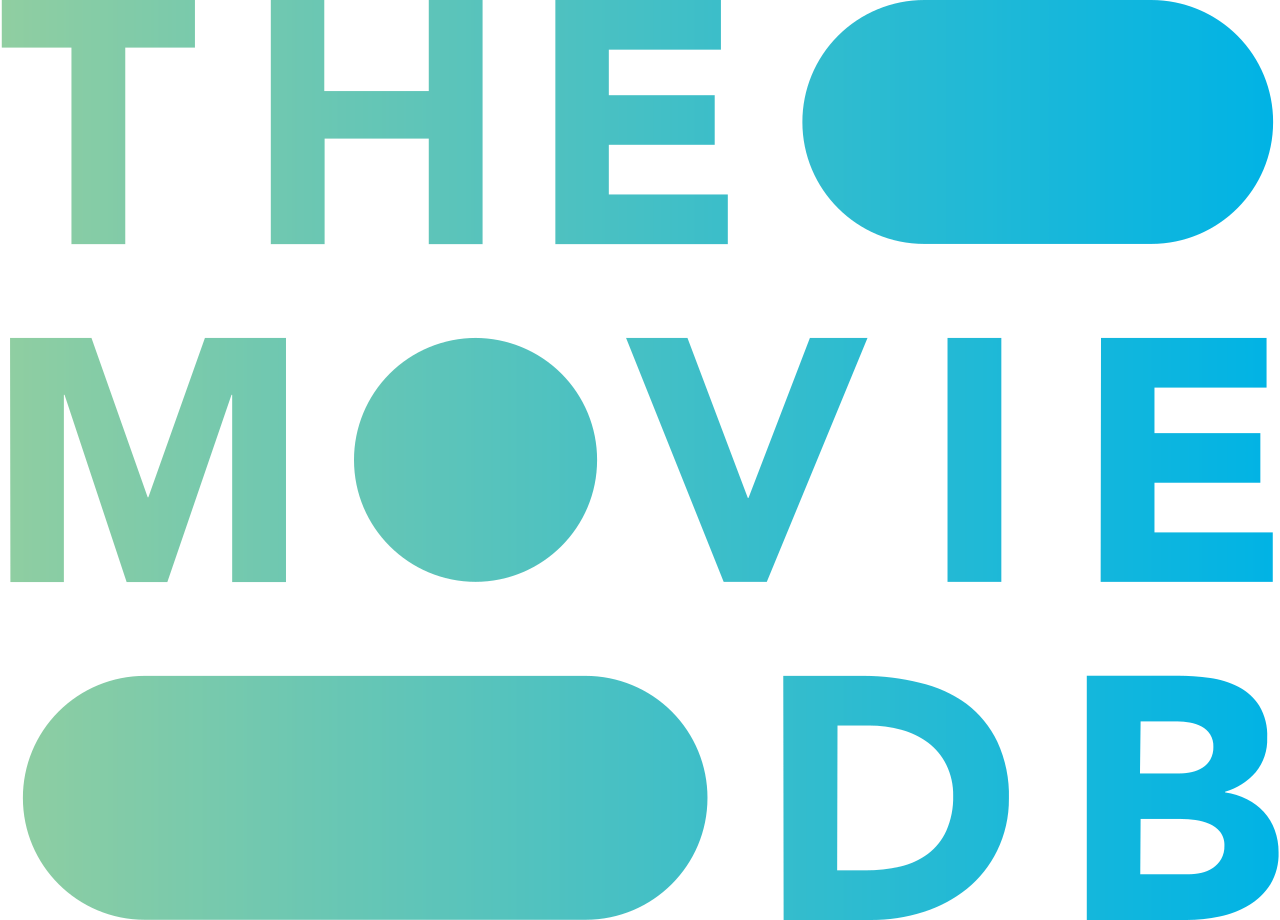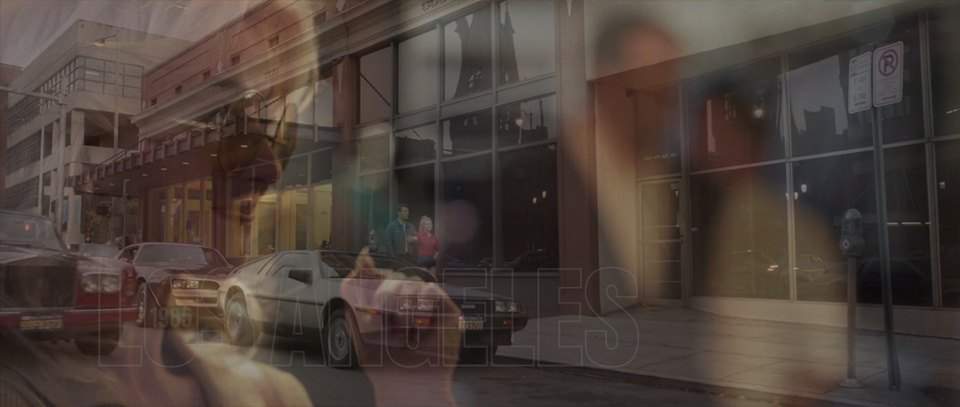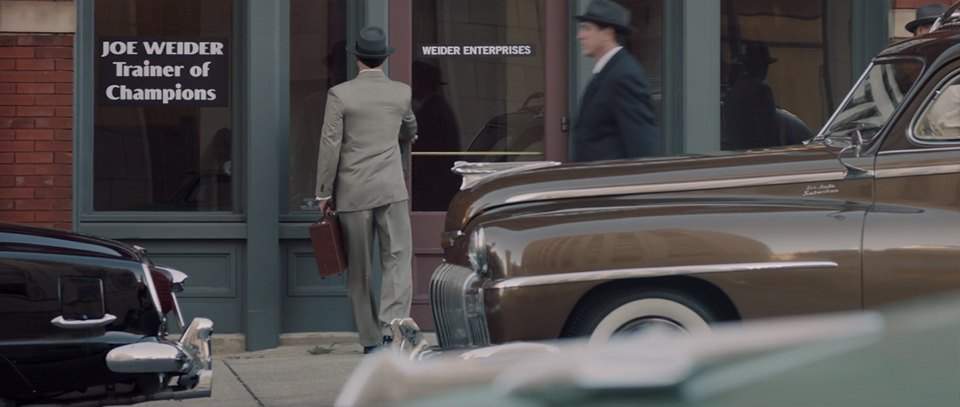Bigger 2018

Against the backdrop of prejudice and financial struggle, siblings Joe and Ben Weider defy convention by building a fitness empire from scratch, driven by their passion for physical culture. As they rise to success, they stumble upon a rising star in the world of bodybuilding - Arnold Schwarzenegger.
Does Bigger have end credit scenes?
No!
Bigger does not have end credit scenes.
Actors
Meet the cast of Bigger and learn about the talented actors who brought the characters to life. Explore their roles and career highlights.
Links
Explore where to watch Bigger online. Find reviews, ratings, and detailed movie information on other platforms like Metacritic, Rotten Tomatoes, IMDb or TMDb
Ratings
Discover how Bigger is rated on popular platforms like IMDb, Metacritic, and TMDb. Explore audience and critic scores to see how this movie ranks among the best.

37
Metascore
tbd
User Score


11%
TOMATOMETER

78%
User Score

6.4 /10
IMDb Rating

70
%
User Score

2.4
From 74 fan ratings

/5
Movie Quiz
Challenge your knowledge of Bigger with an engaging quiz. Test your memory of the movie’s characters, plot twists, and unforgettable moments.
Bigger: The Joe Weider Story Quiz: Test your knowledge about the inspirational life of Joe Weider as depicted in the movie 'Bigger'.
What significant item does Joe Weider wear at the funeral?
Plot Summary
Get the full story of Bigger with a detailed plot summary. Dive into its themes, characters, and the twists that make it a must-watch.
In this fact-inspired story, we find ourselves in the year 2008 as Joe Weider arrives at the place of worship for his brother Ben’s funeral. The atmosphere is somber, with only a man present to conduct an interview, both men adorned with yarmulkes. Joe critiques the interviewer’s choice of attire for the funeral, but the man retorts that he is dressed entirely in black. Thus, the interview begins, transitioning into a series of impactful flashbacks.
In one flashback, we see a young Anna, Joe’s mother, giving birth and expressing her fury that Joe is not a girl. Another flashback transports us to Montreal in 1932, where young Joe and his brother Ben sneak into a circus to witness a strongman lift weights, only to return home to their mother’s wrath. Joe reflects on his struggles to make money and the bullying he endured for being Jewish, while Anna, in frustration, admonishes him for not holding on to his cash.
As Joe discovers a magazine from Bill Hauk centered around bodybuilding, he becomes determined to better himself using makeshift weights. Most of the story unfolds in this past timeline, illustrating Joe’s journey as he triumphs in weightlifting competitions. His father, Louis Weider, beams with pride at his son’s success, while Anna remains doubtful, believing he’s squandering his future.
The brothers eventually leave home, supported by their father but disregarded by their mother. By 1941, they’re living together; Joe conducts research at a university library where he catches the eye of the lovely Kathy Weider. Their connection blossoms, culminating in a home movie of their wedding.
Joe wrangles with workplace discrimination when his boss demands to know his religion and is initially dismissed because of his heritage. After a humorous yet vindictive encounter with his boss involving a pie, Joe reflects on the disparity between his aspirations and the ignorance surrounding him.
The narrative unfolds as Joe’s research leads to the establishment of his transformative training center. World War II drives the message that fitness is vital, and when Ben enlists, Joe insists on accompanying him. However, Ben resists, believing he’s making his contribution through his work. Meanwhile, Joe’s magazine initiative establishes him as a beacon for health improvement, which elicits varying reactions from peers like Bill Hauk.
Following an association with Roy Hawkins, Joe’s aspirations grow distinctively, seeking to move to California where the celebrity culture aligns with fitness trends. Over the years, his business flourishes, with innovative product offerings and the support of his employees, including Kate.
In 1951, as Joe aims to enter his models into the Mr. Universe contest, obstacles arise due to regulations. He contemplates creating his own competition in defiance. Together with Ben, they move to California, reveling in a burgeoning interest in fitness. At Jack LaLanne’s gym, Joe’s eyes are opened to Betty Brosmer, who eventually becomes his wife, adorning his magazine’s cover alongside him.
As the plot thickens, Joe takes a significant step by featuring an African-American model on his magazine cover, stirring tension with Bill Hauk and prompting racial debates. Joe faces personal and professional downturns—his business falters, Ben feels overwhelmed by family responsibility, and the strain on Joe’s marriage with Kathy intensifies, leading to their separation.
Through resilience, Joe re-establishes himself and launches the Mr. Olympia contest, ignited by personal motivations and competitive spirit. The story reveals Joe’s encounter with the burgeoning bodybuilding talent, Arnold Schwarzenegger, whose potential captivates Joe.
As Arnold earns recognition at the Mr. Olympia competition and navigates the acting world, Joe stands by, coaching him to embrace his unique charm and identity. Their relationship blooms into a partnership that catapults fitness culture into the limelight.
The narrative elegantly ties the heartfelt themes of struggle and triumph, culminating with a funeral where Ben is honored for his remarkable life alongside historic visuals of all those depicted in the film. Thus, this poignant tale defines an era where fitness, identity, and dreams collide on the ambitious journey of Joe Weider.
Movie Cars
Explore the iconic cars featured in Bigger. Discover the vehicles that played a role in the movie, their details, and their significance.
Keywords
Discover the keywords that describe the themes and topics of the movie. Explore the keywords that define the essence of the film.
Featured on this page

What's After the Movie?
Not sure whether to stay after the credits? Find out!
Check out our other apps:
Actors
Companies
Latest Movies
© 2025 What's After the Movie. All rights reserved.

































